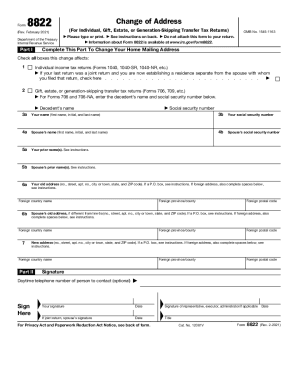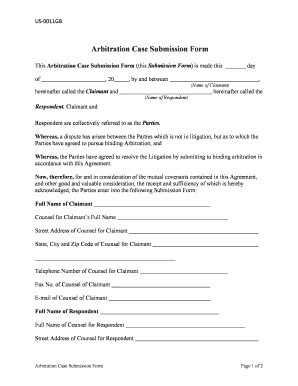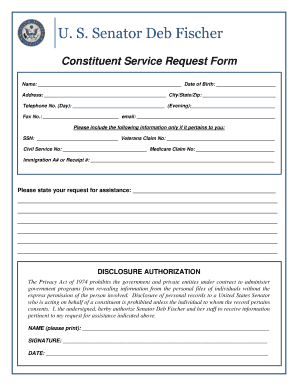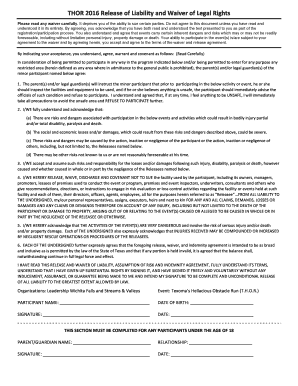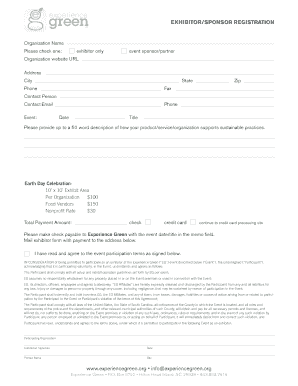What is landlord and tenant act alberta Form?
The landlord and tenant act alberta is a Word document that has to be filled-out and signed for specific purposes. In that case, it is provided to the actual addressee to provide some info of any kinds. The completion and signing is able in hard copy or using a trusted solution e. g. PDFfiller. These applications help to submit any PDF or Word file without printing them out. It also lets you customize it depending on your requirements and put legit digital signature. Once done, you send the landlord and tenant act alberta to the recipient or several ones by mail or fax. PDFfiller has a feature and options that make your template printable. It provides various settings when printing out. It doesn't matter how you'll file a document - physically or electronically - it will always look well-designed and clear. To not to create a new writable document from the beginning every time, turn the original form into a template. After that, you will have a rewritable sample.
Instructions for the form landlord and tenant act alberta
Before filling out landlord and tenant act alberta form, make sure that you have prepared enough of required information. It's a mandatory part, since some typos may trigger unwanted consequences beginning from re-submission of the whole entire and completing with missing deadlines and even penalties. You ought to be observative enough filling out the figures. At first glimpse, this task seems to be very simple. But nevertheless, you might well make a mistake. Some use some sort of a lifehack saving all data in a separate file or a record book and then add this into sample documents. Nevertheless, come up with all efforts and provide valid and genuine data with your landlord and tenant act alberta word template, and check it twice during the filling out the required fields. If you find any mistakes later, you can easily make some more amends when you use PDFfiller editor and avoid blowing deadlines.
Frequently asked questions about the form landlord and tenant act alberta
1. I have confidential files to fill out and sign. Is there any chance someone else would have got access to them?
Applications dealing with confidential information (even intel one) like PDFfiller are obliged to provide safety measures to users. They include the following features:
- Cloud storage where all files are kept protected with sophisticated encryption. The user is the only who has got to access their personal documents. Doorways to steal such an information by the service is strictly prohibited all the way.
- To prevent identity stealing, each file obtains its unique ID number upon signing.
- Users are able to use additional security features. They manage you to request the two-factor authentication for every person trying to read, annotate or edit your file. PDFfiller also offers specific folders where you can put your landlord and tenant act alberta fillable template and encrypt them with a password.
2. Is electronic signature legal?
Yes, it is absolutely legal. After ESIGN Act released in 2000, an e-signature is considered legal, just like physical one is. You can complete a writable document and sign it, and it will be as legally binding as its physical equivalent. While submitting landlord and tenant act alberta form, you have a right to approve it with a digital solution. Be sure that it fits to all legal requirements as PDFfiller does.
3. Can I copy the available information and extract it to the form?
In PDFfiller, there is a feature called Fill in Bulk. It helps to make an export of data from word file to the online template. The key advantage of this feature is that you can excerpt information from the Excel spreadsheet and move it to the document that you’re filling using PDFfiller.




















